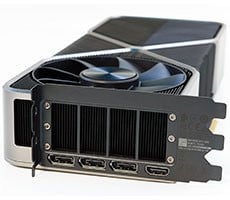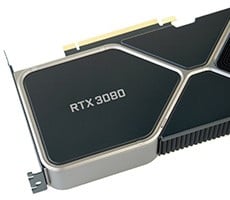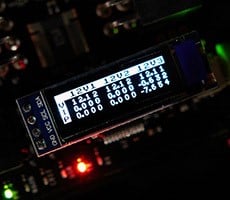PDP Systems PDC22G4200+XBLK DDR2
When DDR2 first saw the light of day, the memory marked the next level in DDR technology. However, with improved frequencies, lower voltage requirements and improve packaging also came higher latencies. With intial offerings coming in at CAS 4-4-4-12 and even higher, the performance improvements over DDR1 were minimal at best. There was also a significant price increase over DDR1 that became a stumbling block for DDR2 as it really didn't make sense to pay more for the same relative performance. Today, the DDR2 sector has evolved into the next phase of lower latency offerings. As expected, we are seeing latency improve, making the case for upgrading to DDR2 a bit more palatable. Now, it is not uncommon to see 3-3-3-8 timings as the norm, and as we'll see today, there are even lower latencies to be had.
The latest DDR2 modules to hit our test bench come from PDP Systems. While new to the HH labs, PDP systems has been in the business of memory since 1985, proving they are no strangers to the industry. What they sent us was a 2GB set of their Patriot Dual-Channel DDR memory rated at a CAS latency of 3-2-2-4 at DDR533. This was by far the lowest latency rating we've seen to date and were anxious to put them to the test. In the coming pages we'll put PDP Systems' PDC22G4200 Patriot memory through its paces to see if it can live up to its claims. While we won't give anything away just yet, we'll say we did encounter a few surprises along the way. Let's get started.
|

| Part Number: Package: Organization: CAS Latency: Test Voltage: Heat Spreader: Speed: Type: Error Checking: Registered/Unbuffered: Warranty: |
PDC22G4200+XBLK(2x1GB) 2GB kit (2x1GB) 128M x 64-bit 3-2-2-4 @ DDR533 4-3-3-12 @ DDR700 1.8-2.0 V Red Aluminum DDR2 533MHz (PC2-4200) 240-pin DDR SDRAM Non-ECC Unbuffered Lifetime |
As we mentioned above, the PDC22G4200+XBLK are a high-performance, low latency dual-channel DDR2 set. These modules come rated to run CAS 3-2-2-4 at DDR533 and can run at DDR700 with CAS 4-3-3-12 timings. The modules consist of eight 128MB chips per stick in a double-sided layout. PDP uses Micron's MT16HTF6464AY-53E chips in the Patriot low latency DIMMs, which, interestingly, are rated for PC2-4200 at CAS 4.
We're not sure what PDP does to acheive such low latencies, running PC2-4200 at CAS 3, but we gather steps are taken in the PCB construction to make sure the chips run in the most ideal signal conditions. This is an impressive feat and could prove interesting as we start the testing phase of these chips.
Next, let's take a look at the HH Test Bed and how we configured the system and our tests.






